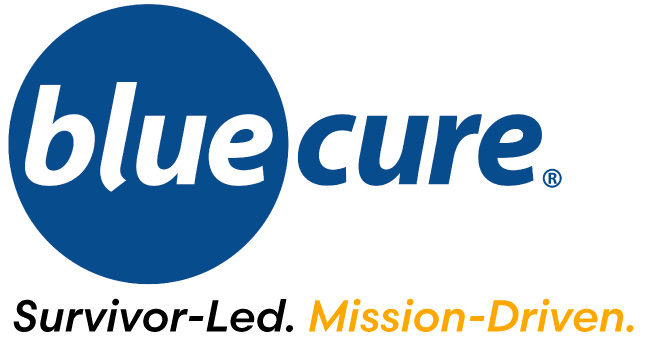Fact About
Prostate Cancer
Awareness. Education. Empowerment.
Prostate Cancer Isn’t Just an “Old Man’s Disease”
Prostate cancer can affect men of all ages. Blue Cure was founded after our founder, Gabe Canales, was diagnosed with low-risk prostate cancer at age 35 — with no symptoms, no family history, and very little awareness of the disease.At the time, it was common for men with low-risk prostate cancer to undergo surgery immediately. Gabe’s experience seeking multiple opinions — and eventually choosing active surveillance and a lifestyle-based approach — sparked a mission to raise awareness and give other men better tools, options, and support.
👉 Learn more about Gabe’s diagnosis and why he started Blue Cure here.
What Is Prostate Cancer?
Prostate cancer occurs when cells in the prostate gland grow uncontrollably. It’s the second most common cancer in men worldwide. While it can be aggressive, many cases are slow-growing and don’t require immediate treatment.
Can Prostate Cancer Cause Symptoms?
Early prostate cancer often causes no symptoms. As it progresses, symptoms may include:
- Difficulty urinating
- Frequent urination at night
- Blood in urine or semen
- Pain in the hips, back, or chest
What Are the Risk Factors?
Risk factors of prostate cancer include:
- Age (risk increases after 50)
- Family history of prostate cancer
- African American ancestry
- Diets high in red meat and dairy
- Low physical activity
Can It Be Prevented?
While there’s no guaranteed way to prevent prostate cancer, research suggests that a healthy lifestyle may reduce risk. This includes:
- A plant-forward, anti-inflammatory diet
- Regular exercise
- Maintaining a healthy weight
- Managing stress and sleep
Prostate Cancer Stats
- 1 in 8 men will be diagnosed during their lifetime
- African American men are 1.7x more likely to be diagnosed and 2x more likely to die from prostate cancer
- Over 3 million men in the U.S. are living with it
What Is Active Surveillance?
Active surveillance is a treatment strategy for men with low-risk or favorable intermediate-risk prostate cancer. Instead of immediate surgery or radiation, doctors monitor the cancer closely through PSA tests, MRIs, and occasional biopsies. It allows men to avoid or delay side effects of treatment like erectile dysfunction and incontinence.
Treatment Options
Treatment depends on the stage and risk category of the cancer:
- Active Surveillance – for low-risk
- Surgery – such as prostatectomy
- Radiation Therapy – external beam or brachytherapy
- Hormone Therapy
- Chemotherapy
- Prostate Cancer Vaccines (for advanced cases)
Sources
- Centers for Disease Control and Prevention (CDC)
- American Cancer Society
- National Cancer Institute (NIH)
- European Association of Urology
- Prostate Cancer Foundation
- American Institute for Cancer Research (AICR)
Want to Learn More?
Stay tuned—we’ll soon be adding educational videos and expert interviews right here.
Isn’t Prostate Cancer an “Old Man’s Disease?”

